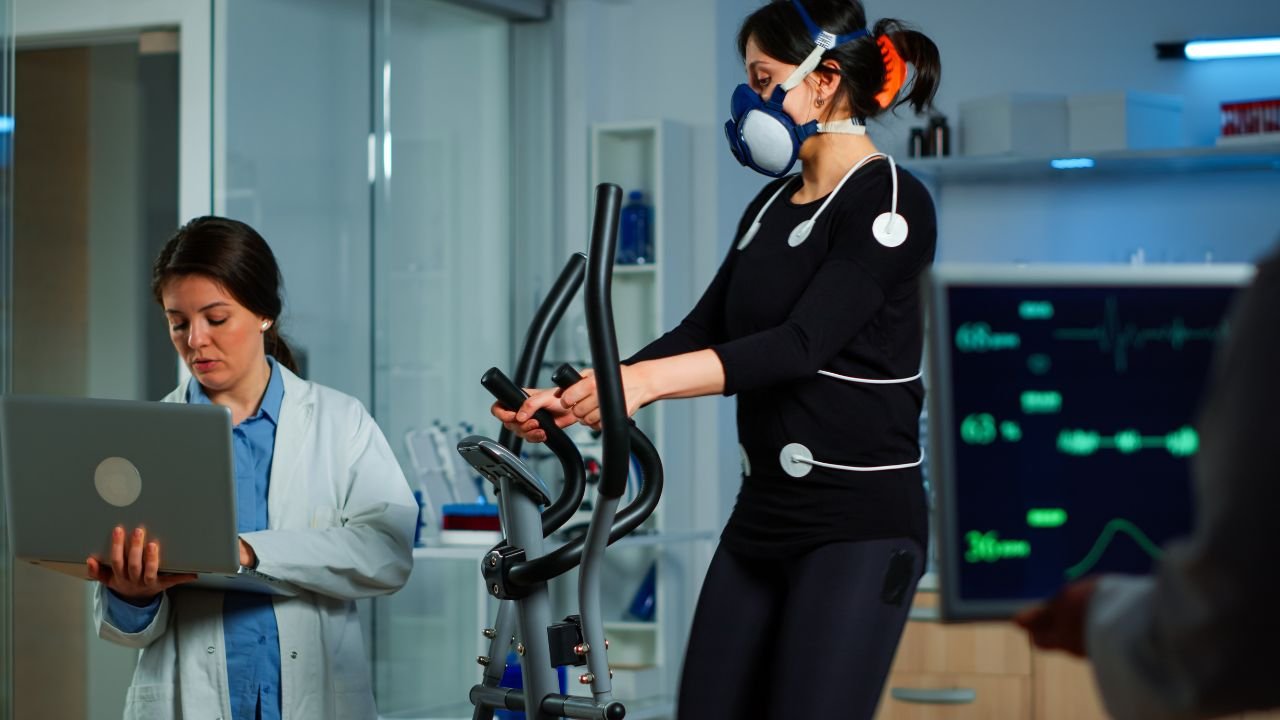Whenever we talk about technological advancements, Japan’s name comes first. This country is not only famous for its robots, automobiles, or electronic devices, but it is now also revolutionizing the field of health technology globally. The country that once created the world’s first camera phone is now leading the way in transforming human health and lifestyle.
Japan faces a profound challenge in its demographic structure—the average age is among the highest in the world, while the birth rate is extremely low. This means that the number of elderly people is constantly increasing, and the pressure on the healthcare system is also increasing proportionately. This pressure has inspired Japanese researchers and entrepreneurs to develop solutions that can make medical services more effective, accessible, and sustainable.
In fiscal year 2021, Japan’s healthcare sector spent approximately 44.2 trillion yen (approximately US$329 billion). This data shows the profound need for improvement and innovation in this field. But despite these challenges, the way Japan is embracing technology and leading a new healthcare revolution is inspiring for the entire world.
Robotics in Healthcare: Robots Working with Humans
Japan is known as the birthplace of robotics, and this technology has now become a vital part of the healthcare sector. Today, many robots have been developed in Japan that are making unprecedented contributions to patient care, rehabilitation, and mental health support.
These robots are being used especially in elderly care. They assist nurses and doctors with tasks such as lifting patients, feeding them, assisting with exercise, and maintaining mental activity.
The HAL (Hybrid Assistive Limb) suit from the company Cyberdyne is a prime example. It is a “wearable cyborg” technology that multiplies a person’s muscle power. This is proving to be a boon for those struggling with mobility issues.
With an aging population and limited nursing staff, these robots are not only providing convenience but also offering solutions to serious health challenges facing humanity.
Remote Health Services: The Convenience of Home Treatment
The COVID-19 pandemic has taught the world that the future of healthcare is digital. While face-to-face consultations with doctors were once common, telemedicine, or remote medical consultations, are now becoming increasingly popular.
Japan has taken a major step in this direction. Patients can now consult doctors online and receive digital prescriptions. In rural or mountainous areas where hospitals are scarce, this facility is a boon.
A prime example is the Wellness Hub developed by Acer and Allxon. It is a smart system that monitors a patient’s health without any physical contact. Using LTE and Bluetooth devices, it tracks patients’ vital signs. This not only saves time and money, but also eliminates the need for frequent hospital visits for the elderly.
Companies like Omron and Port are also active in this field and are further advancing telehealth technology.
Early Detection of Diseases with AI: The Power of Artificial Intelligence
Today, artificial intelligence (AI) has revolutionized medical science. Especially in the early detection of diseases like cancer, this technology is proving to be faster and more accurate than doctors’ eyes and experience.
Tokyo-based AIM MedTech has developed an AI-based endoscopic diagnostic support system trained on over 200,000 high-resolution videos. It can identify early stages of gastric cancer in just 0.02 seconds.
With this technology, doctors are now able to make faster and more accurate diagnoses than ever before, significantly increasing the chances of saving patients’ lives.
Surgical Innovation: The Future Arrives in the Operating Theater
Japan’s surgical technology is now resembling science fiction. Robots are now working alongside humans in operating theaters, providing extreme precision and consistency.
A prime example is the “Hinotori Surgical Robot System,” Japan’s first domestically developed surgical robotic system. Since its launch in 2020, it has been used in over 2,000 surgeries. Its ergonomic design reduces surgeon fatigue and makes even complex operations easier.
In addition, Virtual Reality (VR) and Augmented Reality (AR) are also pioneering new approaches to surgical planning. Companies like Holoeyes create three-dimensional models of patients’ organs so doctors can prepare with utmost precision before operations.
Intelligent Wearables: Wearable Health Partners
Wearable technology devices in Japan are no longer limited to smartwatches or fitness bands. They have become a vital tool for health monitoring.
According to projections, Japan’s wearable market will grow at a rate of 15.3% annually between 2023 and 2033. These devices are not only helping improve lifestyles, but also providing a valuable resource for the elderly.They are also focusing on the safety of their staff and patients.
DFree is the world’s first wearable device that monitors bladder health and prompts users to use the toilet in a timely manner. This technology is already in use in over 500 nursing homes.
Similarly, Xenoma’s e-skin MEVA is a smart fabric that tracks body temperature, posture, and events like falls. It acts as a protective shield for the elderly, making their care easier and safer.
Conclusion: A New Era of Technology for Humanity
Japan’s health tech journey proves how technology, when used in the right direction, can profoundly transform the quality of human life. From robotics to AI, wearables to telemedicine—in every field, Japan has offered a glimpse of the future.
This country is not only meeting the needs of its own population but also setting a standard for the entire world. Japan’s technological revolution in healthcare will make the medical world more human-centered, efficient, and accessible in the future.
The future is certainly moving with Japan in the direction where technology does not replace humans, but rather enhances human care.
